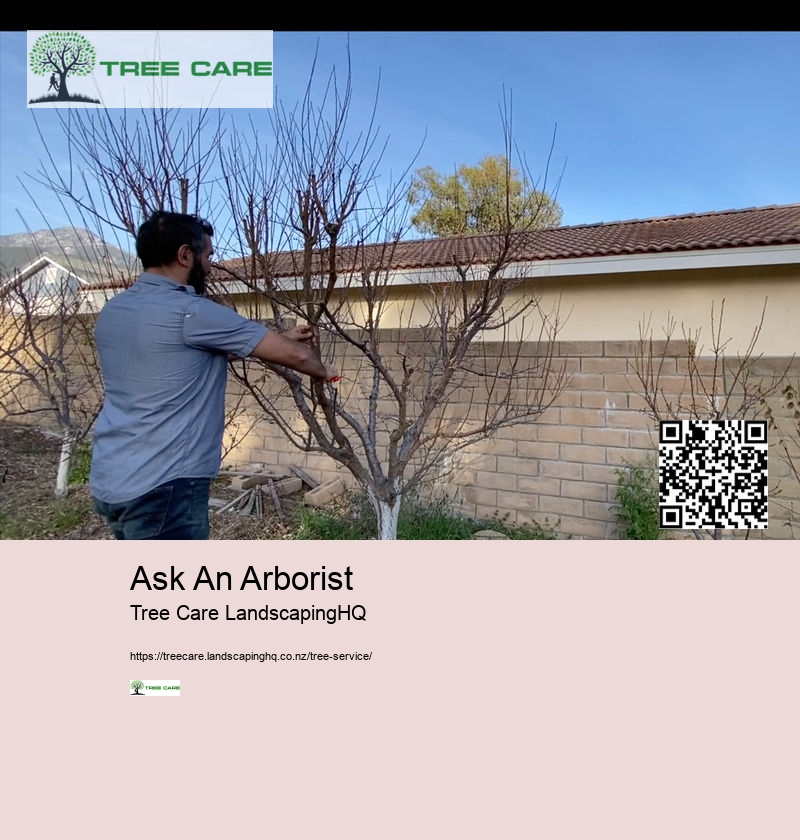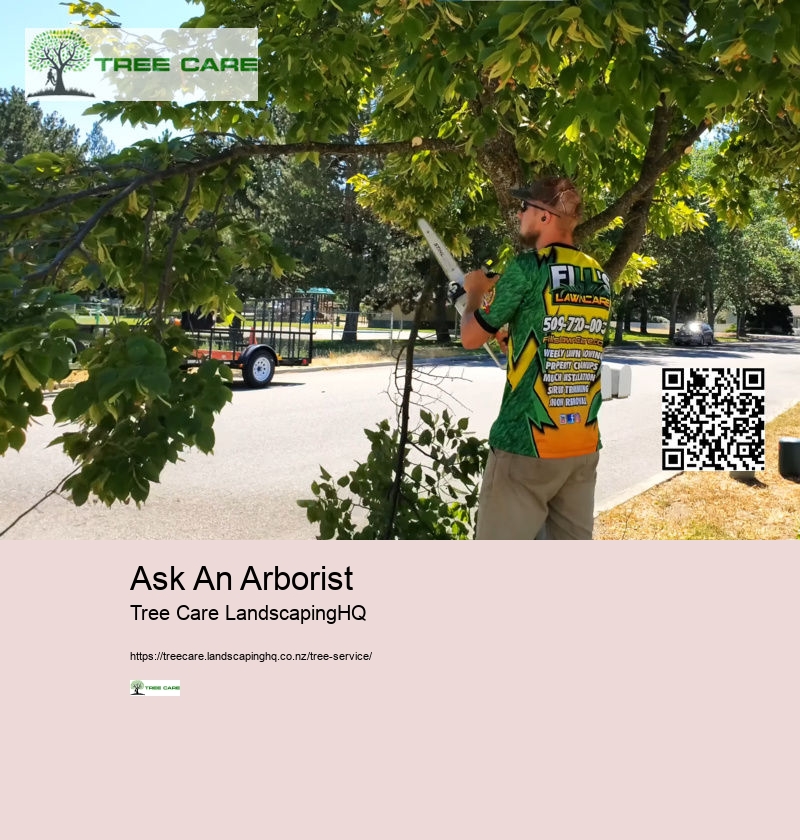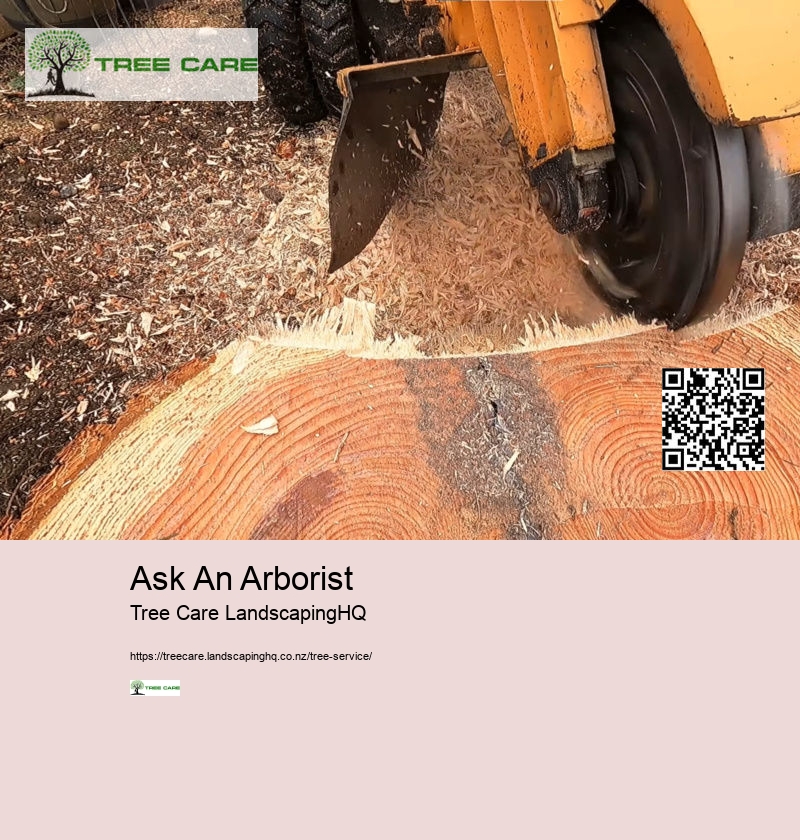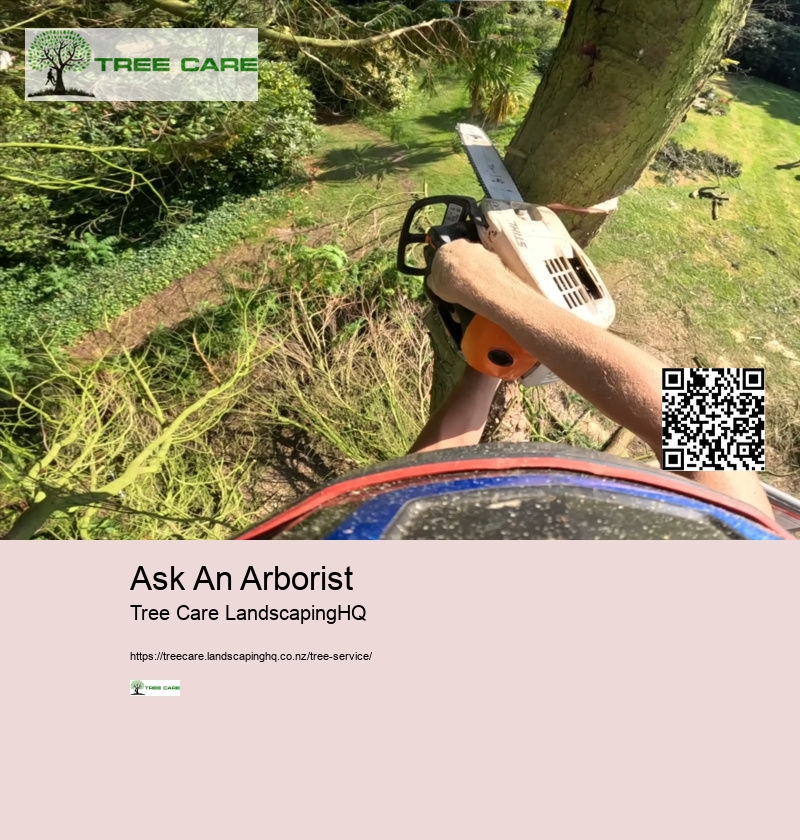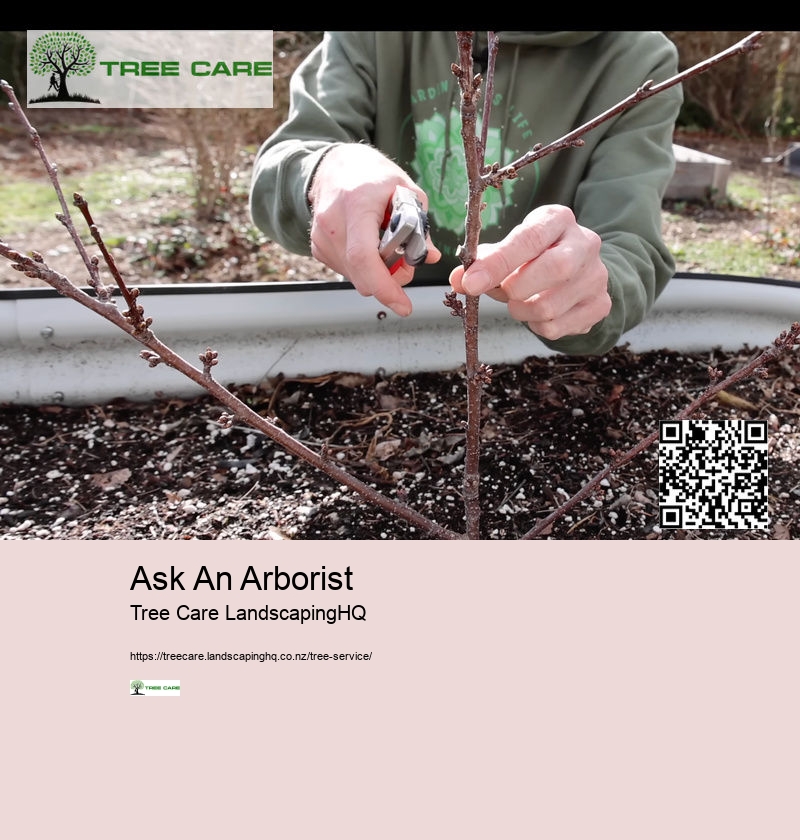Ask An Arborist
tree surgeon
This process reduces weight and density, which encourages a healthier tree growth and minimizes the chance of branches breaking in storms. Comprehensive Tree Care Services, Expert Arborist in New Zealand. These factors allow us to assess the level of risk that a particular tree poses. We always prioritize environmentally friendly solutions that minimize harm to beneficial insects and the surrounding ecosystem. Consulting with a professional arborist to assess the tree's health, create a maintenance plan, and address any concerns promptly can greatly contribute to preserving the tree's well-being for years to come. At Tree Care by Landscaping HQ, our experienced arborists provide efficient and professional tree removal services tailored to meet your specific needs.
To manage these trees, we use a variety of strategies, including strategic pruning to remove unstable or dead branches, cable and bracing to provide structural support, and if needed, complete tree removal. When assessing tree risk, our team evaluates various factors such as the tree's health, structure, and proximity to structures or people. This allows us to use the land efficiently and sustainably while still preserving its natural beauty. We can distinguish between an oak and a maple by observing their leaf differences.
This helps us identify issues such a decay or damage to roots. By carefully evaluating each situation, we can determine the most appropriate course of action to address the hazards presented by these trees. When dealing with dangerous tree situations, we know that quick action is necessary to avoid accidents and damage to property. By eliminating these compromised branches, we not only improve the tree's appearance but also reduce the risk of falling limbs.
When planning tree planting, our arborists prioritize selecting the right species for optimal growth and longevity. Our arborists know how important it is to maintain the health and beauty your trees. Another significant aspect of tree preservation is avoiding injury to the tree during construction or landscaping activities. Consulting with a professional arborist to assess the tree's health, create a maintenance plan, and address any concerns promptly can greatly contribute to preserving the tree's well-being for years to come.
